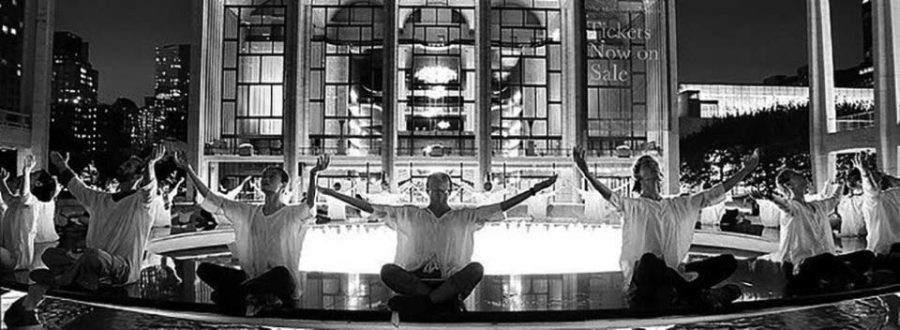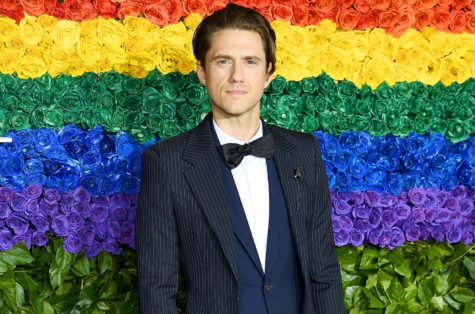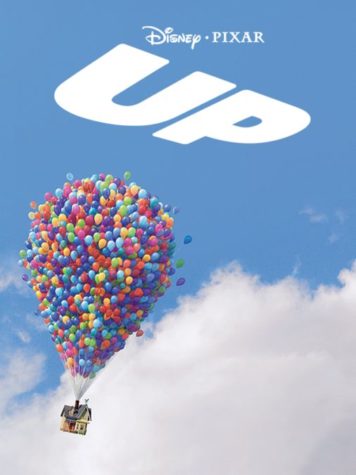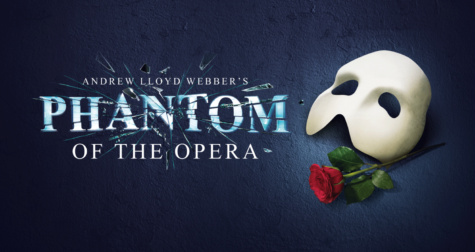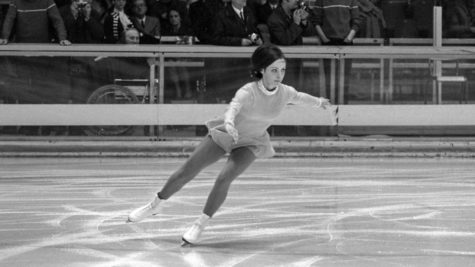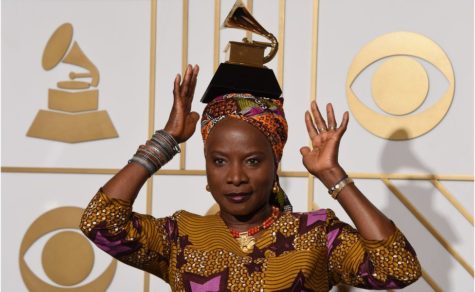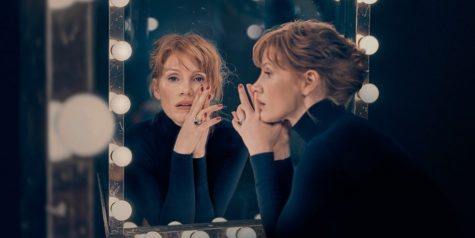Table of Silence remembers 9/11
September 29, 2020
The Table of Silence was supposed to celebrate its ten year anniversary this year, but COVID-19 completely changed the way that should look.
The project originally began in 2010 as a tribute to the lives lost in the terrorist attacks on 9/11. Jacqulyn Buglisi created the Table of Silence 9/11 Project to demonstrate a “multicultural prayer for peace” after the attacks on Sept. 11, 2001.
In previous years, there have been large crowds who come to observe the more than 150 dancers who perform, but that was out of the question this year.
This year there were only 28 dancers. The performance was not allowed to be watched in person, but there was a livestream of the event for anyone who wanted to watch it.
The event opened with violinist Daniel Bernard Roumain playing the National Anthem while the dancers entered the plaza. The performance consisted of a “Prologue” and a moment of silence at 8:46 a.m., which is when the first plane crashed into the North Tower of the World Trade Center.
The “Prologue” was new this year as an adaptation to the original “Table of Silence” that has been played annually for the past nine years. The live stream also included footage from previous years.
The performance took place at Lincoln Center in New York City, which has been closed since Mar. 12, due to the COVID restrictions. While this event was a lot more concise than it has been in previous years, the ceremonial gestures remained relatively the same.
Jennifer McNamara, assistant professor of Dance at Mercyhurst, explained the event. “This year, since the pandemic disrupted everything, the 12 gestures used in the piece became a meditation in and of themselves, and every week through the summer, people came together on Zoom to practice them, to create a place and time for community, and to remember what humanity, the things we share, and the things that divide us really mean as we are moving through this extraordinary time.”
Everyone had to adapt in order to accommodate the new regulations around large-group gatherings. The live performance followed all NYS and CDC guidelines concerning social distancing and wearing masks. There is no doubt that the attacks on 9/11 affected everyone in the United States and probably around the world, but people in the dance world now had a new story to tell through their art, which was loss.
McNamara recalls, “when the attacks happened on 9/11, the company with which I was dancing had brought in a guest choreographer who had just begun to create a work telling the stories of soldiers killed in battle and the grief of those they left behind, so it rocked my world.”
McNamara continued, “like any event that upends a sense of normalcy, like this pandemic, the effects of 9/11 are still rippling through the economy, and to some extent that affects so many aspects of dance, theater, art and the making of any works in these mediums.”

